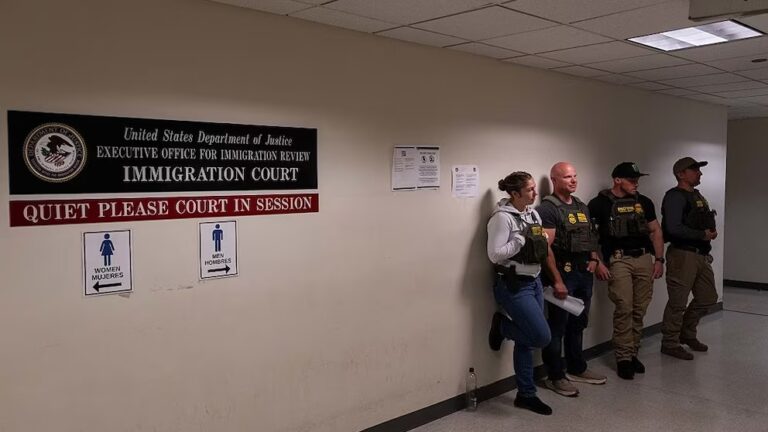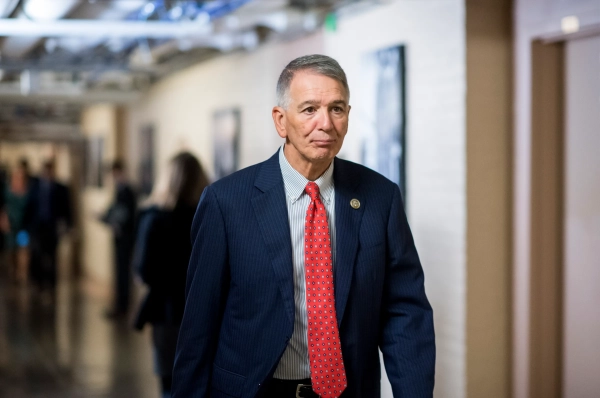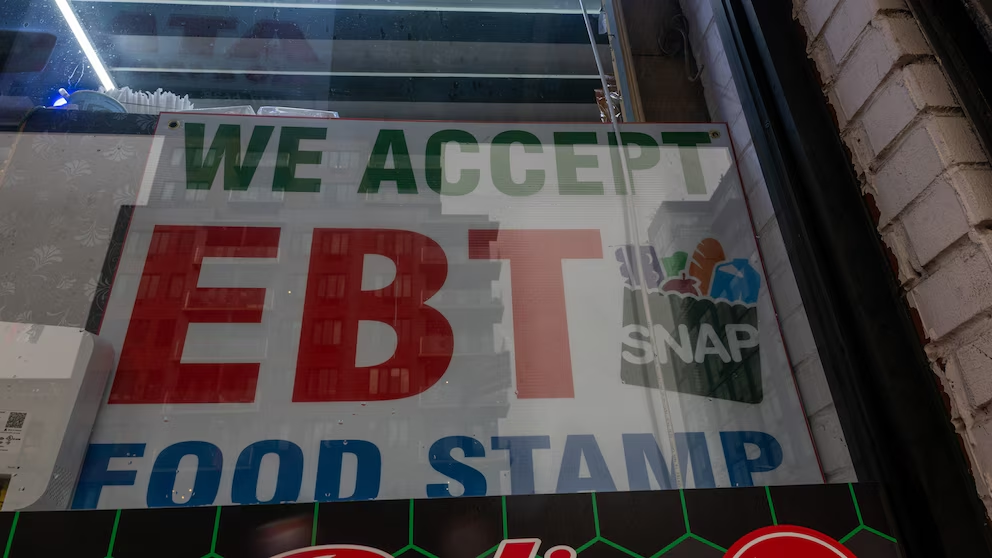
2:05A shop exhibits a sign indicating acceptance of Electronic Benefits Transfer (EBT) cards for Nutritional Assistance Program (SNAP) acquisitions for foodstuffs, October 30, 2025 in New York City. Spencer Platt/Getty Images
Starting Saturday, roughly 42 million Americans with low incomes, including 16 million minors, were cut off from their benefits via the Supplemental Nutrition Assistance Program (SNAP) as the government closure persists.
The Agriculture Department has stated that funding designated for this month's allocations, estimated to total approximately $9.5 billion, has been depleted.
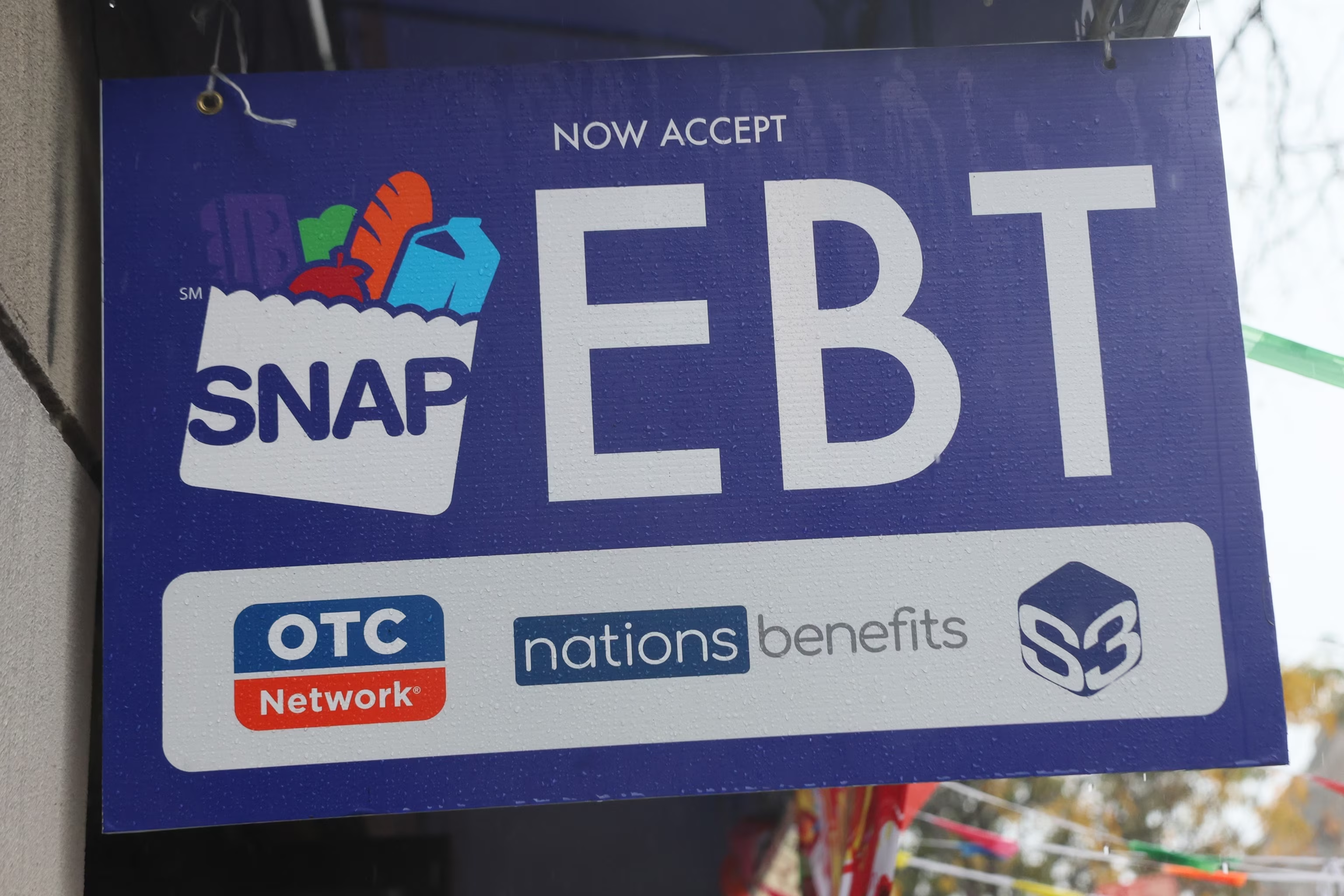
A shop exhibits a sign indicating acceptance of Electronic Benefits Transfer (EBT) cards for Nutritional Assistance Program (SNAP) acquisitions for foodstuffs, October 30, 2025 in New York City.Michael M. Santiago/Getty Images
A federal legal authority in Rhode Island momentarily mandated on Friday that the Trump government sustain SNAP funding, consequent to a legal challenge by several states. Another judge based in Boston decreed that the Trump government's endeavor to halt SNAP funding is "illegal," but chose not to immediately mandate program funding.
Trump conveyed Friday that his government's legal representatives are unsure if they possess the legal mandate to finance SNAP amidst the government standstill, and stated that he has requested elucidation from the judicial system in the aftermath of two recent decisions.
"If we receive the proper legal directive from the Court, it will BE MY HONOR to supply the funds, just as I have previously done for Military and Law Enforcement Pay," Trump posted on social media.
The government has redeployed reserves assigned to alternative provisions to cover military wages throughout the standstill.
SNAP is historically funded entirely by the federal government, but it is managed by individual states. This signifies that the shutdown's repercussions on SNAP and the timeframe for when benefits become inaccessible will fluctuate across different states.
Certain states have launched their individual backup strategies, utilizing their own funds typically, to sustain their SNAP operations.
Presented below is a directory of state announcements to date:
Arizona
On Oct. 29, Arizona’s Democratic Gov. Katie Hobbs made public that the state would be allocating $1.8 million in reserves to compensate for the SNAP forfeiture.
She stated that $1.5 million of the total sum "will be directed to food banks state-wide to address shortfalls for SNAP households in need of food," with the remaining funds to be utilized by Food Bucks Now, a rapid fresh food initiative that furnishes vouchers for produce and vegetables.
California
The state allocated $80 million to food banks throughout the state, as stated by Democratic Gov. Gavin Newsom.
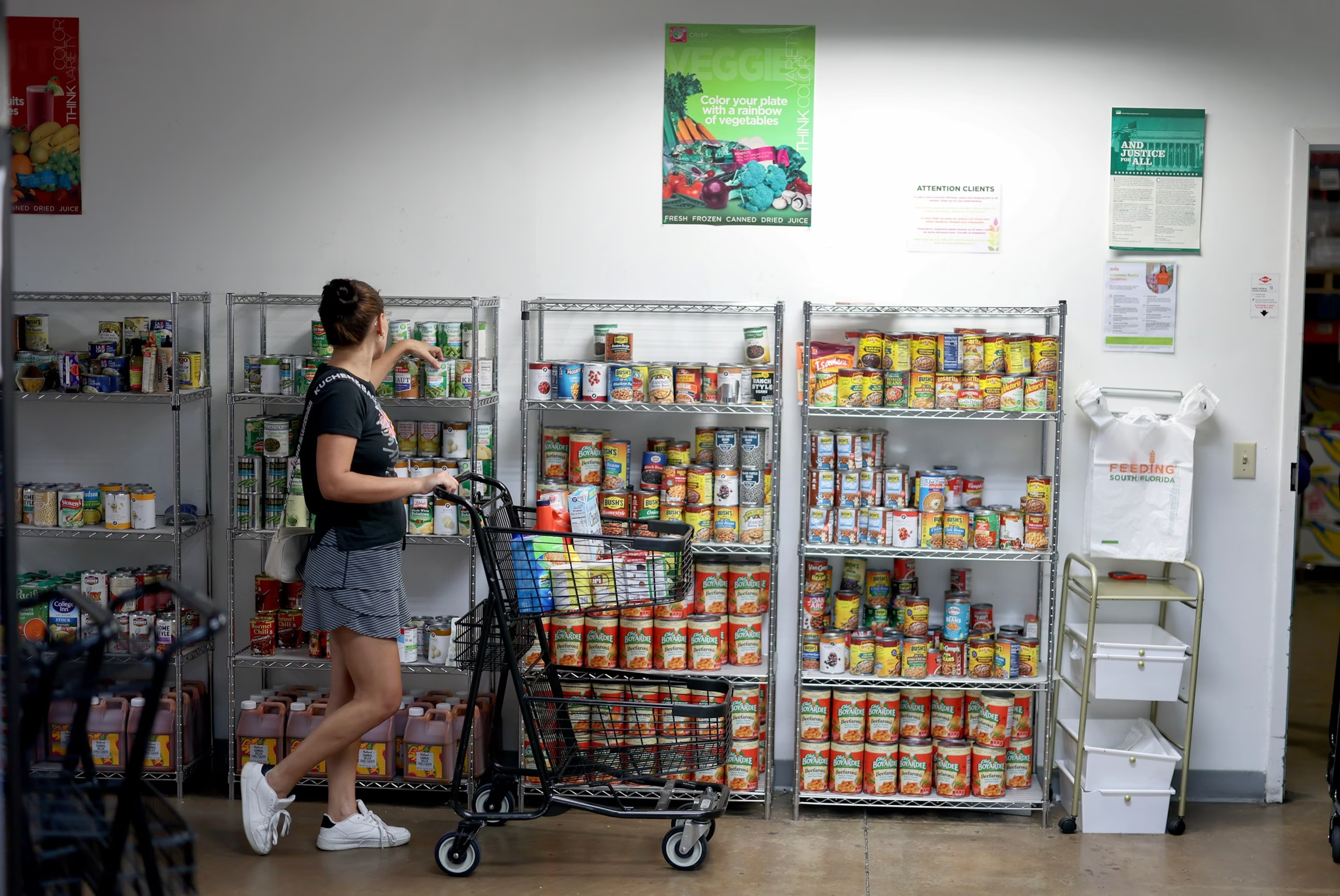
Ester Pena shops at the Feeding South Florida food pantry, October 27, 2025 in Pembroke Park, Fla.Joe Raedle/Getty Images
Colorado
Last week, Democratic Gov. Jared Polis lodged a request with the state legislature to sanction "$10 million in General Fund earnings to bolster food banks and larders, in addition to an initiative to prolong previously authorized funding for Women, Infants, and Children (WIC) nutritional access through November."
Connecticut
Democratic Gov. Ned Lamont announced on Oct. 27 that three million dollars in urgent funds was assigned to Connecticut Foodshare, a nonprofit aiding food banks within the state.
Delaware
Democratic Gov. Matt Meyer proclaimed a state of emergency on Oct. 29 that "stipulated that resources be designated and transmitted to the Department of Health and Social Services (DHSS) to sustain SNAP allocations."
Disbursements will be executed on a weekly basis.
Hawaii
The state initiated the Hawaiʻi Relief Program on Oct. 29, which will afford "up to four months of TANF aid for lodging and utility payments for eligible families comprising a minimum of one dependent child and confronting financial hardship or an episodic crisis."
As affirmed by Gov. Josh Green, individuals who are not SNAP beneficiaries are eligible to apply.
Furthermore, the state contributed $2 million to food banks.
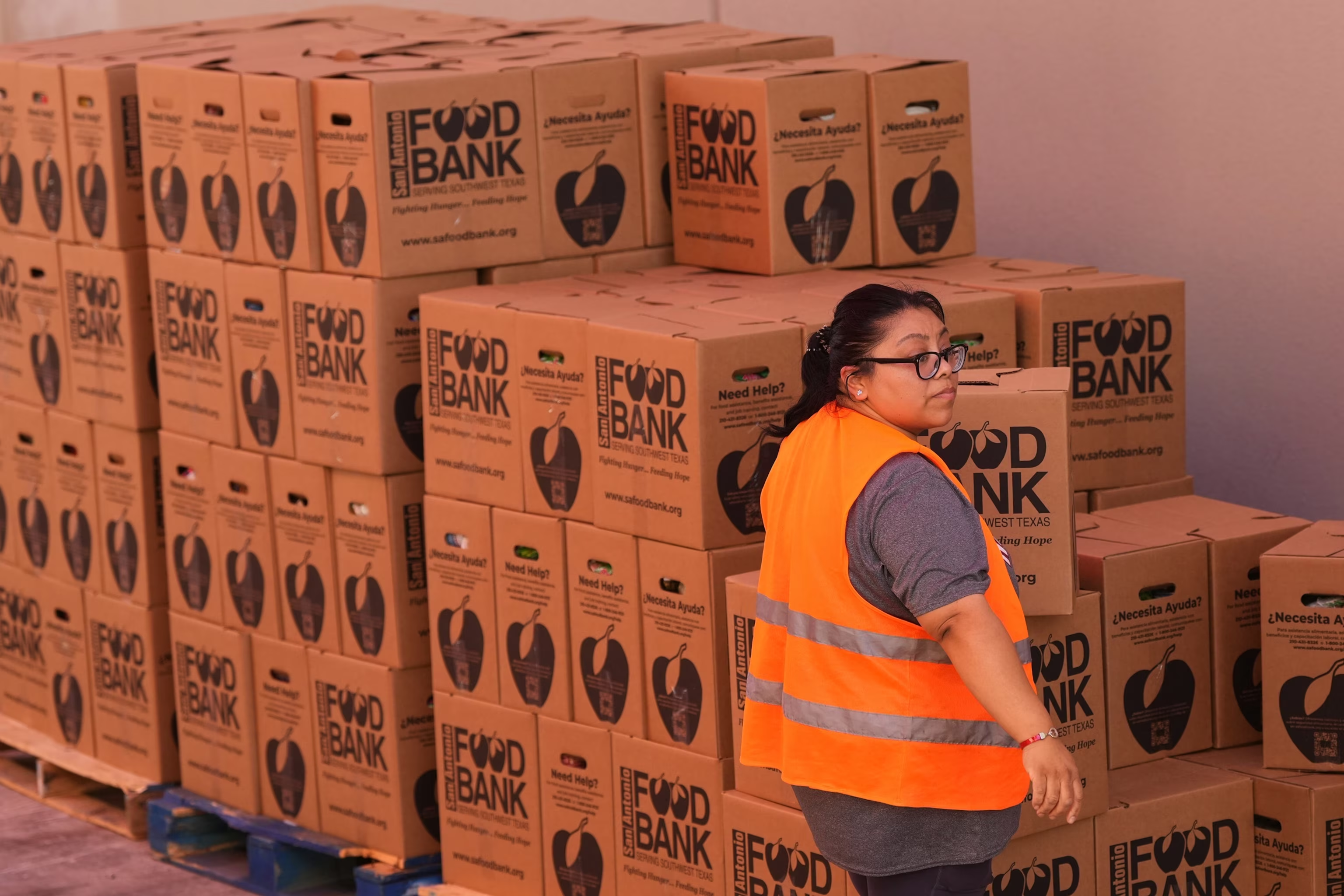
Volunteer Cindy Leiva helps load a vehicle during a food distribution targeting federal employee households affected by the federal shutdown as well as SNAP recipients, Oct. 27, 2025, in San Antonio.Eric Gay/AP
Illinois
Democratic Gov. JB Pritzker endorsed an executive directive on Oct. 30, allocating $25 million in state resources to food banks.
Iowa
Gov. Kim Reynolds mandated that the state match up to $1 million in philanthropic contributions to the state's food banks.
Louisiana
Gov. Jeff Landry proclaimed a state of emergency on Oct. 24, directing the state legislature to authorize stabilization funds aimed at aiding residents in need.
As of Oct 31, authorization has not been granted by the legislature.
Maine
One million dollars will be channeled to food banks from Democratic Gov. Janet Mills's office.
Maryland
Gov. Wes Moore declared a state of emergency on Oct. 30, assigning $10 million to food banks.
Massachusetts
Democratic Gov. Maura Healey publicized Thursday that the Massachusetts Emergency Food Assistance program, which extends nutritional assistance, procured an additional $4 million in state funding.
Minnesota
Democratic Gov. Tim Walz conveyed on Oct. 27 that he had designated $4 million to food banks.
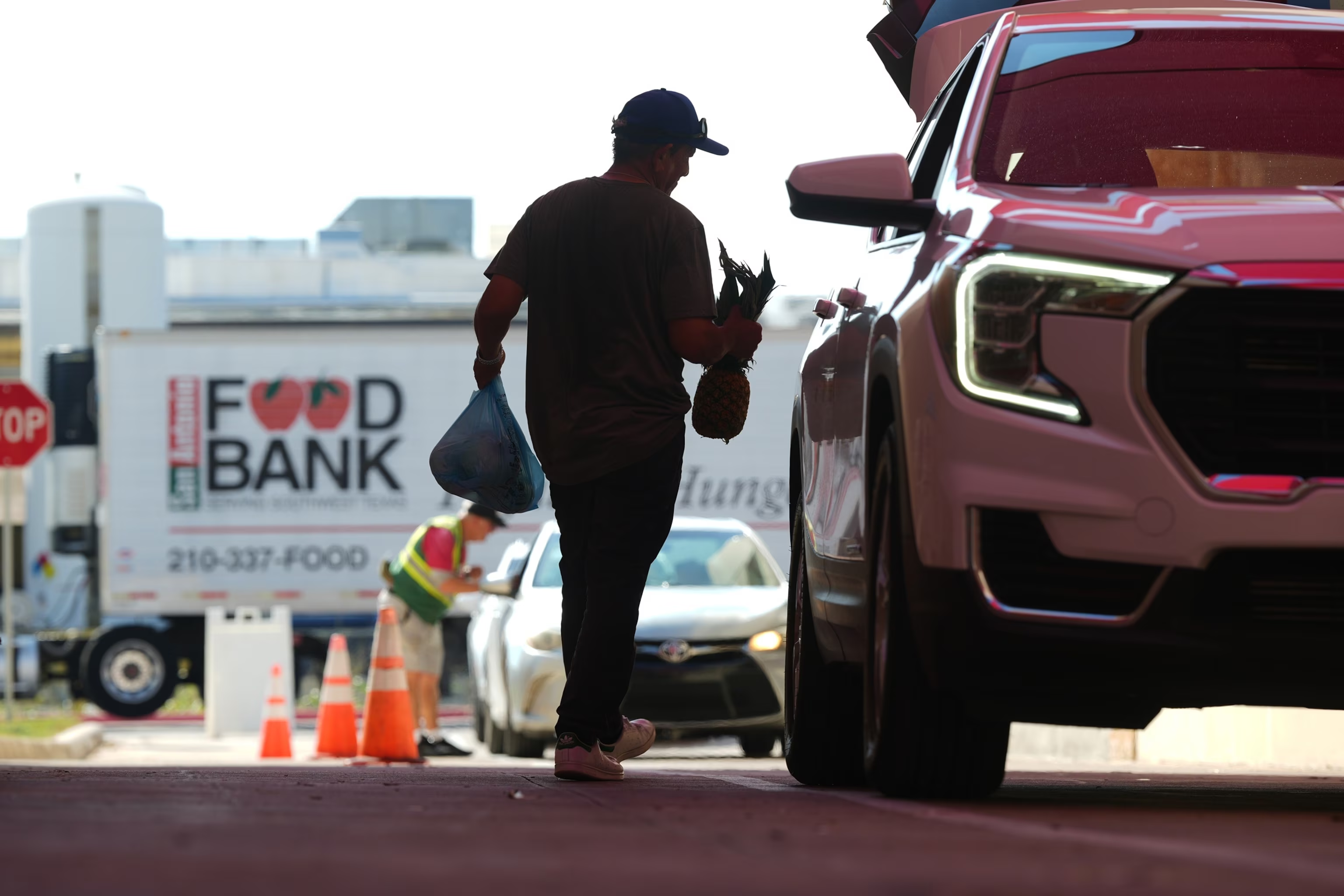
Volunteer Joel Hernandez helps load a vehicle during a food distribution targeting federal employee households affected by the federal shutdown as well as SNAP recipients, Oct. 27, 2025, in San Antonio.Eric Gay/AP
Missouri
Democratic Gov. Mike Kehoe communicated on Oct. 29 that five million dollars from the state has been disbursed to food banks.
An additional $10.6 million transfer of funds was routed to Missouri Area Agencies on Aging to support senior-feeding initiatives.
New Mexico
Democratic Gov. Michelle Lujan Grisham announced on Oct. 29 that the state would disperse $30 million in state-funded nutritional benefits onto pre-existing EBT cards for eligible New Mexicans.
New York
Democratic Gov. Kathy Hochul declared a state of emergency on Oct. 30.
The governor announced the state would allot $40 million in new funding to the Hunger Prevention and Nutrition Assistance Program, which aids emergency food relief, and $25 million to Nourish N.Y., which delivers surplus agricultural goods to food banks.
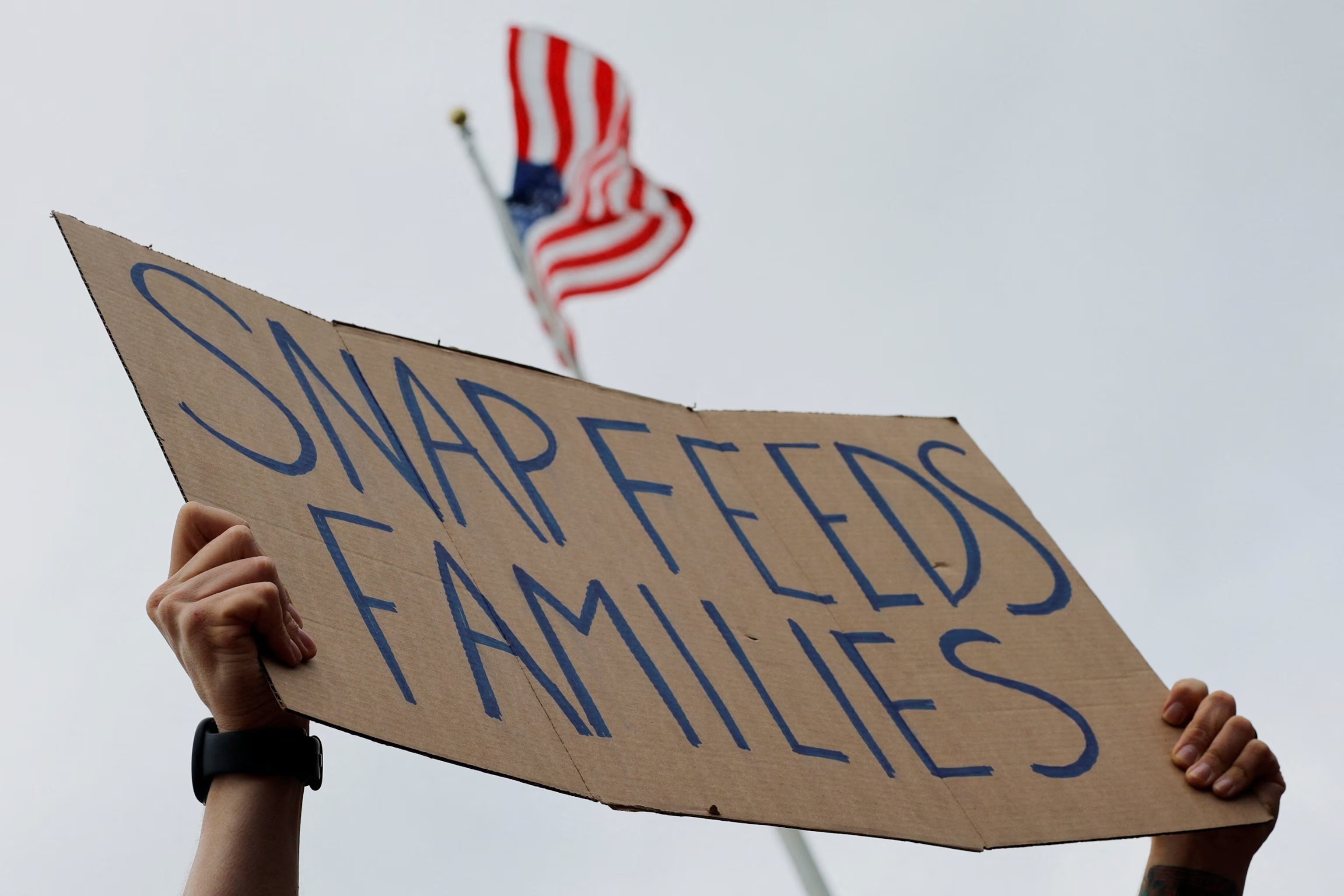
A man holds a sign reading “SNAP Feeds Families,” as food aid benefits will be suspended starting November 1, during “A Rally for SNAP” on the steps of the Massachusetts Statehouse in Boston, Massachusetts, October 28, 2025.Brian Snyder/Reuters
North Carolina
Democratic Gov. Josh Stein stated on Oct. 30 that the state will offer $10 million to state food banks. He also said that an additional $8 million will be provided by private entities and charities in collaboration with the state.
North Dakota
Republican Gov. Kelly Armstrong revealed on Oct. 30 that he allocated $915,000 of state funding to food banks and $600,000 for the state's (WIC) program.
Ohio
Following his enactment of an executive mandate on Oct. 30, GOP Gov. Mike DeWine confirmed that twenty-five million in state funding will be appropriated to offset SNAP losses.
As a component of the directive, upwards of $18 million in urgent relief benefits will be dispersed among Ohio residents whose earnings are at or below 50% of the federal poverty threshold. An allocation of seven million dollars will also be extended to food banks.
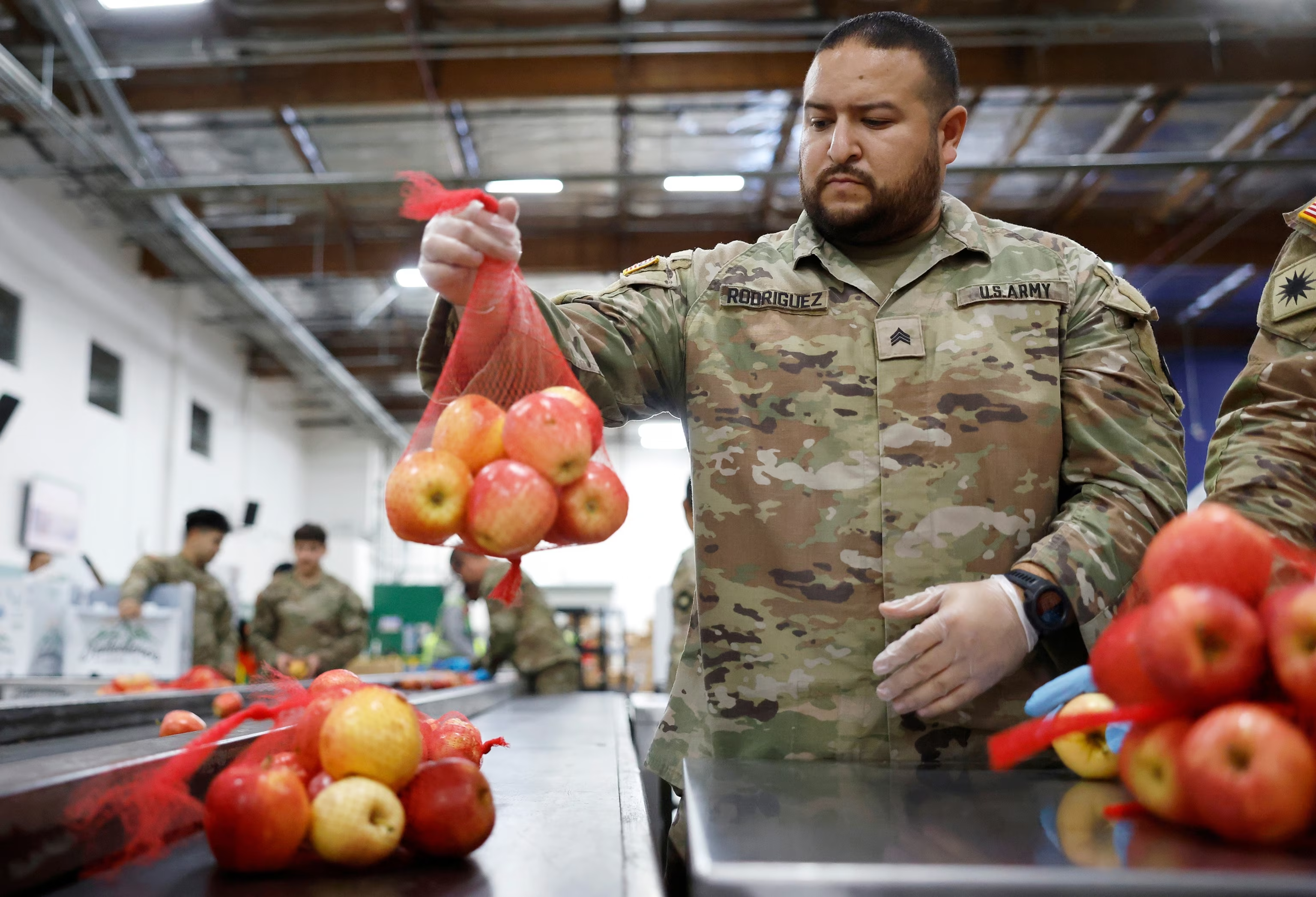
California National Guard sort produce at the Los Angeles Food Bank Oct. 29, 2025, in Los Angeles.Mario Tama/Getty Images
Oregon
Democratic Gov. Tina Kotek declared a food crisis on Oct. 29, scheduled to take effect in November and December.
Kotek mandated that "$5 million from the Temporary Assistance for Needy Families (TANF) carryover funds," be channeled to food banks.
In a press statement, the governor's office indicated that "TANF carryover constitutes unobligated federal TANF funds from previous years that remain accessible pending utilization."
Rhode Island
Democratic Gov. Dan McGee issued a state of emergency on Oct. 28, allocating $6 million in Temporary Assistance for Needy Families (TANF) aid to 20,000 qualifying families.
The governor's office conveyed that he also allocated "$200,000 of Social Services Block Grant funding to bolster capacity at the RI Community Food Bank."
Virginia
GOP Gov. Glen Youngkin issued a state of emergency and initiated the Virginia Emergency Nutrition Assistance (VENA) venture.
The program will endow residents with state reserves on a weekly schedule for utilization in lieu of SNAP throughout November. In addition, one million dollars will be assigned to food banks.
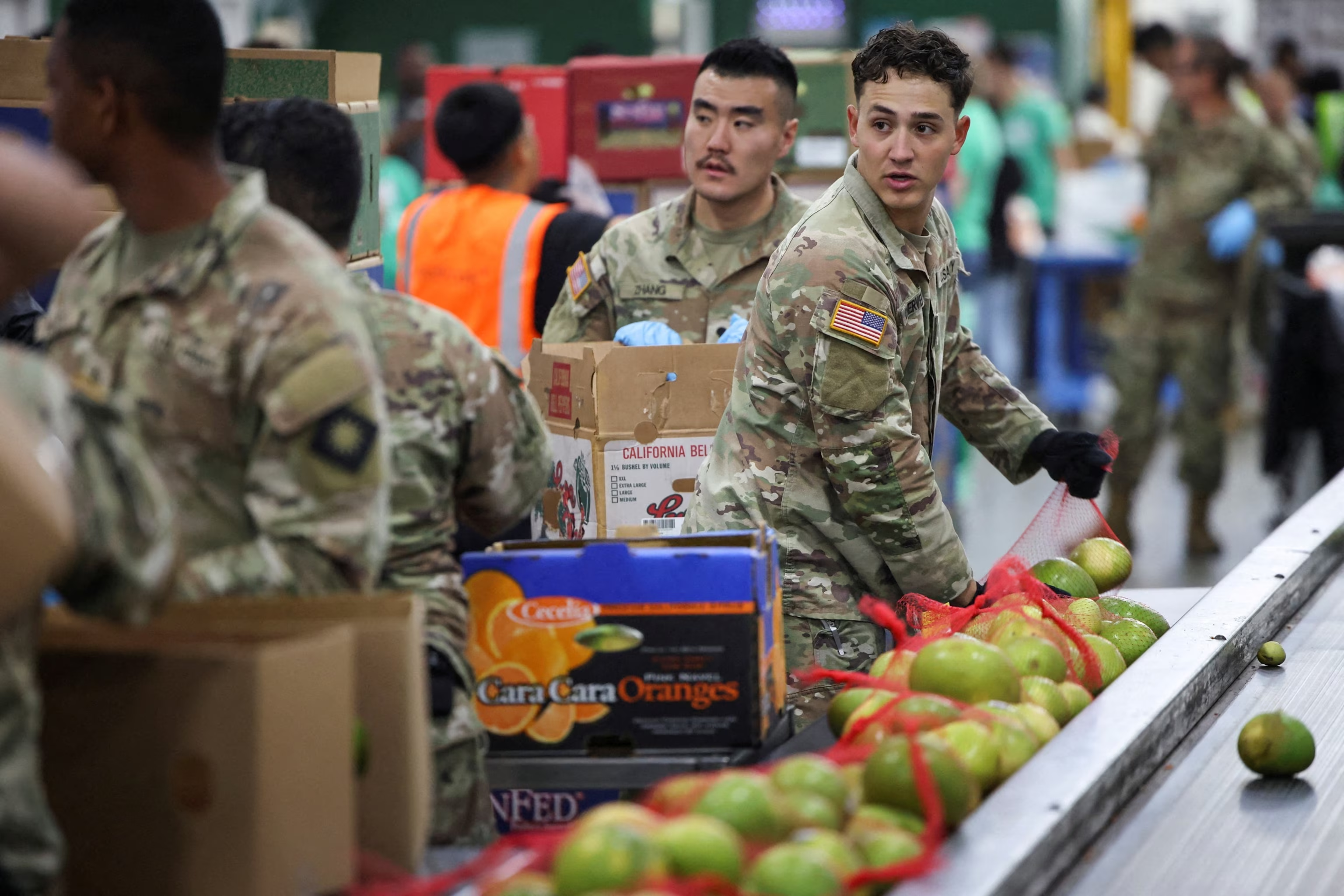
California National Guard sort produce at the Los Angeles Food Bank Oct. 29, 2025, in Los Angeles.Daniel Cole/Reuters
Washington
As reported by Democratic Gov. Bob Ferguson, the state will dispense $2.2 million per week to food banks state-wide in Washington pending the reinstatement of SNAP funding.
West Virginia
Republican Gov. Patrick Morrisey declared on Oct. 28 that the state would be encouraging a food collection initiative and matching philanthropic contributions to food banks up to a threshold of $13 million.
Sourse: abcnews.go.com

